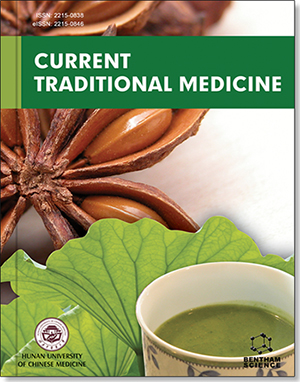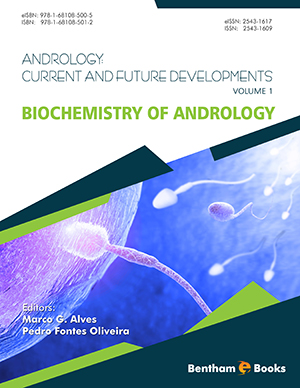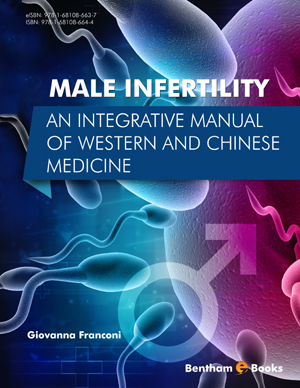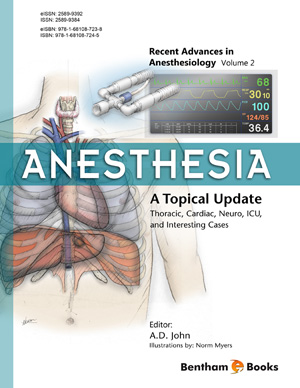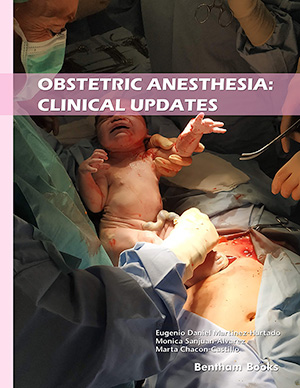Abstract
The promises linked to stem cell-based therapy have encountered several hurdles on their way to clinical trials. Albeit the results obtained in preclinical studies have been encouraging, especially regarding therapeutic outcomes in several models of human diseases, this has not been the case in clinical trials using stem cells. MSCs have been mostly used in clinical studies, which limits us mainly to this cell type for the time being for clinical applications. A point that should be urgently evaluated before proceeding with cell therapy is whether this approach is applicable to all sorts of diseases, especially in cases where the microenvironment is no longer cell receptive. From a technical point of view, improvement is required at several steps of cell therapy: standardisation of MSC source and production, choice of cell injection route, cell dosage, frequency and timing of cell administration, cell tracking, cell homing and engraftment. Data regarding long-term MSC survival in vivo are scarce. In this chapter, the bottlenecks that refrain from the widespread use of MSCs in clinical applications will also be considered. Currently available and innovative solutions to tackle all these issues are discussed.
Keywords: Adverse effects, Biodistribution, Biomarkers, Clinical applications, Cell dosage, Cell entrapment, Cell labelling, Engraftment, Extracellular vesicles, Frequency of injections, Genetic engineering, Homing, Hurdles, In vivo tracking, Long-term survival, Mesenchymal stromal/stem cells, Preclinical studies, Preconditioning, Tissue engineering, Standardisation.



